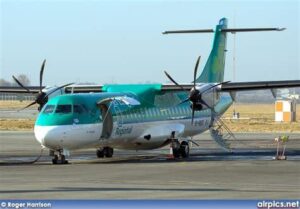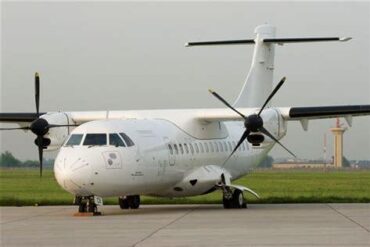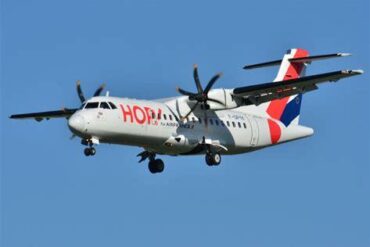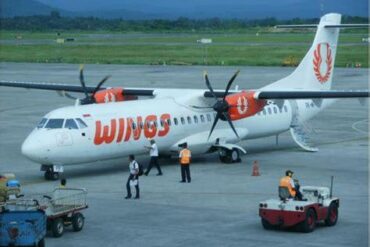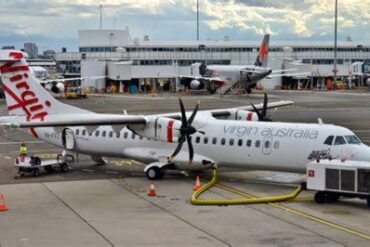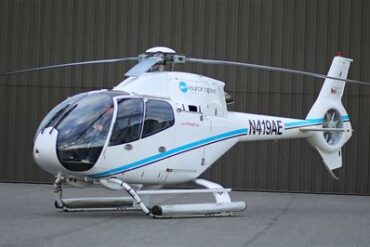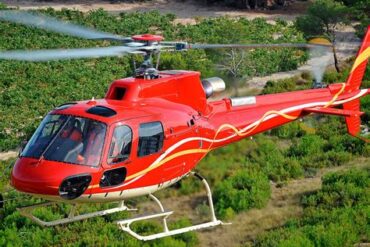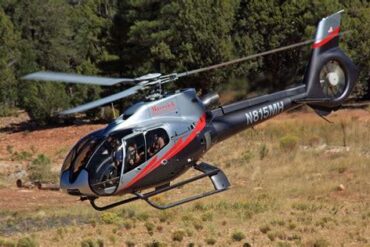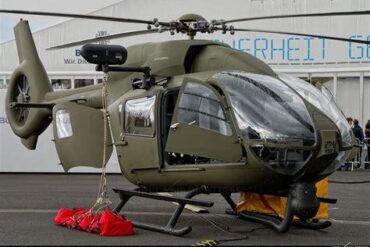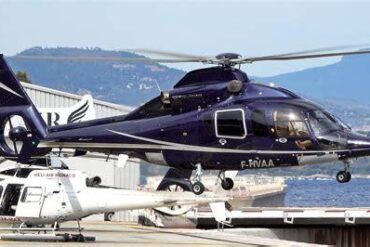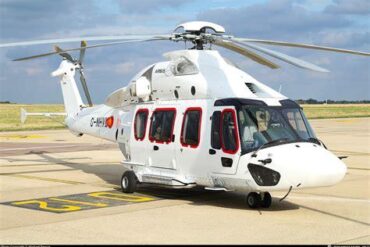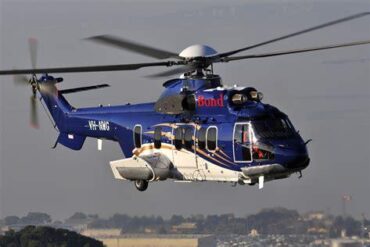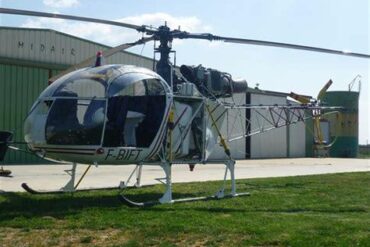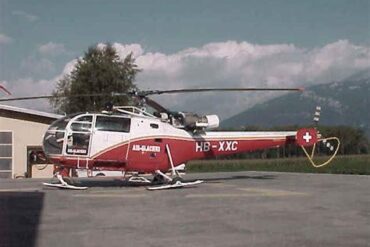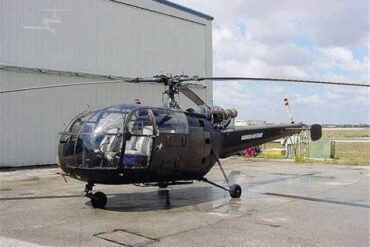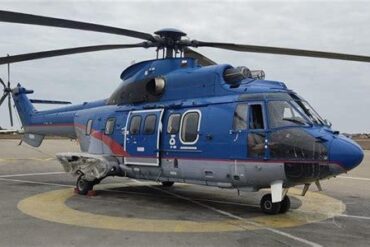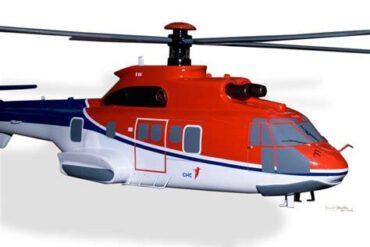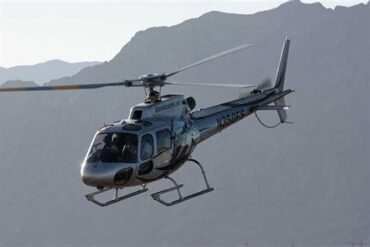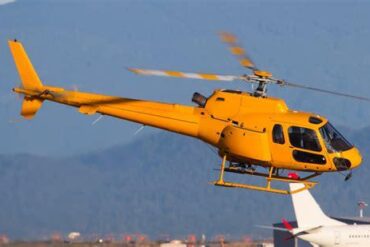The ATR 72-210 is a popular turboprop aircraft used extensively in regional air transport due to its reliability, fuel efficiency, and ability to operate in challenging environments. Understanding its price and operating costs is crucial for operators looking to make informed decisions. In this article, we will provide an in-depth analysis of the ATR 72-210’s acquisition costs, ongoing operating expenses, and factors that influence these costs.
Acquisition Cost of the ATR 72-210
When considering the purchase of an ATR 72-210, the acquisition cost is a primary factor. The price of an ATR 72-210 can vary significantly based on several factors, including the year of manufacture, aircraft condition, previous usage, and any modifications or upgrades made to the aircraft.
New vs. Used ATR 72-210
-
New Aircraft: A brand-new ATR 72-210 can cost between $20 million to $25 million. This price range depends on the specific configuration, optional equipment, and any customization required by the buyer. New aircraft come with warranties and the latest technology, which can be a significant advantage.
-
Used Aircraft: The market for used ATR 72-210s is robust, with prices ranging from $8 million to $15 million. The price of a used aircraft is heavily influenced by its total flight hours, maintenance history, and the number of previous owners. Older models with higher flight hours may be available at lower prices, but they might also require more extensive maintenance.
Factors Influencing Acquisition Costs
Several factors can impact the acquisition cost of an ATR 72-210:
-
Market Demand: The demand for regional aircraft can fluctuate based on economic conditions, fuel prices, and regional air traffic growth. High demand can drive up prices, while low demand may result in discounts.
-
Supply Chain Considerations: The availability of parts and the cost of manufacturing can affect the price of new ATR 72-210s. Supply chain disruptions can lead to delays and increased costs.
-
Customization and Upgrades: Buyers often require specific configurations, such as seating arrangements, avionics packages, and cargo modifications. These customizations can significantly impact the final purchase price.
Operating Costs of the ATR 72-210
Operating an ATR 72-210 involves various ongoing expenses that operators must carefully manage. These costs can be broadly categorized into direct operating costs (DOCs) and indirect operating costs (IOCs).
Direct Operating Costs (DOCs)
Direct operating costs are expenses directly associated with flying the aircraft. These include fuel, maintenance, crew salaries, and navigation fees.
-
Fuel Costs: Fuel is the most significant direct operating cost for the ATR 72-210. The aircraft’s fuel consumption is approximately 1,200 liters per hour. With fluctuating fuel prices, this cost can vary, but operators should expect to spend around $600 to $1,000 per flight hour on fuel, depending on the region and fuel prices.
-
Maintenance Costs: The ATR 72-210 is known for its reliability, but regular maintenance is essential to ensure safe operations. Maintenance costs can range from $300 to $500 per flight hour, depending on the age of the aircraft and its maintenance history. Scheduled maintenance includes engine checks, airframe inspections, and avionics updates.
-
Crew Costs: Operating the ATR 72-210 requires a skilled flight crew, including pilots and cabin attendants. Crew salaries can vary based on the region and the experience level of the crew members. On average, crew costs for the ATR 72-210 are around $200 to $300 per flight hour.
-
Navigation and Landing Fees: These fees are charged by airports and air navigation service providers. They can vary significantly depending on the route and destination, but operators should budget for approximately $100 to $200 per flight hour.
Indirect Operating Costs (IOCs)
Indirect operating costs are expenses that are not directly related to flying the aircraft but are necessary for overall operations.
-
Insurance Costs: Aviation insurance is a critical expense, covering hull insurance, liability coverage, and war risk insurance. The cost of insuring an ATR 72-210 can range from $50,000 to $150,000 per year, depending on the aircraft’s value, usage, and the operator’s safety record.
-
Hangar and Parking Fees: Storing the ATR 72-210 at an airport or hangar incurs fees that vary by location. These costs can range from $10,000 to $50,000 annually.
-
Training Costs: Ongoing training for pilots, cabin crew, and maintenance staff is essential to ensure safe and efficient operations. Training costs can amount to $5,000 to $15,000 per crew member per year.
-
Depreciation: The ATR 72-210, like all aircraft, depreciates over time. Depreciation is a significant indirect cost, with the aircraft losing value annually. The depreciation rate is typically around 5% to 10% per year of the aircraft’s current market value.
Total Cost of Ownership (TCO)
When evaluating the ATR 72-210, operators must consider the Total Cost of Ownership (TCO), which includes both acquisition and operating costs over the aircraft’s lifecycle. TCO provides a comprehensive view of the financial commitment required to own and operate the ATR 72-210.
Calculating TCO
To calculate the TCO for the ATR 72-210, operators should consider:
-
Initial Acquisition Cost: The purchase price of the aircraft.
-
Operating Costs: Including both direct and indirect costs over the aircraft’s expected operational life, typically 20 to 30 years.
-
Resale Value: The estimated value of the aircraft at the end of its operational life.
-
Financing Costs: If the aircraft is financed, interest payments and other financing-related expenses must be included.
Example TCO Calculation
Assuming an ATR 72-210 is purchased for $15 million with an expected operational life of 25 years and annual operating costs of $2 million, the TCO can be calculated as follows:
-
Acquisition Cost: $15 million
-
Operating Costs over 25 years: $2 million/year * 25 years = $50 million
-
Total Costs: $15 million + $50 million = $65 million
-
Resale Value: Assuming a resale value of $3 million after 25 years, the TCO would be:
$65 million – $3 million = $62 million
This simplified example highlights the importance of considering both acquisition and operating costs when evaluating the financial commitment required for the ATR 72-210.
Maximizing Cost Efficiency
To maximize cost efficiency when operating the ATR 72-210, operators should focus on several key strategies:
-
Efficient Route Planning: Optimizing flight routes to minimize fuel consumption and navigation fees can significantly reduce operating costs.
-
Regular Maintenance: Adhering to a strict maintenance schedule can prevent costly repairs and extend the aircraft’s operational life.
-
Crew Training: Investing in regular training ensures that the crew operates the aircraft efficiently, reducing the likelihood of incidents that could lead to increased insurance premiums.
-
Negotiating Contracts: Operators should negotiate favorable terms for fuel, maintenance, and insurance contracts to lock in lower rates.
Conclusion
The ATR 72-210 is a versatile and reliable aircraft that offers significant value for regional operators. However, understanding the full scope of acquisition and operating costs is crucial for making informed decisions. By carefully considering these factors and implementing cost-saving strategies, operators can ensure that their investment in the ATR 72-210 yields maximum returns.
